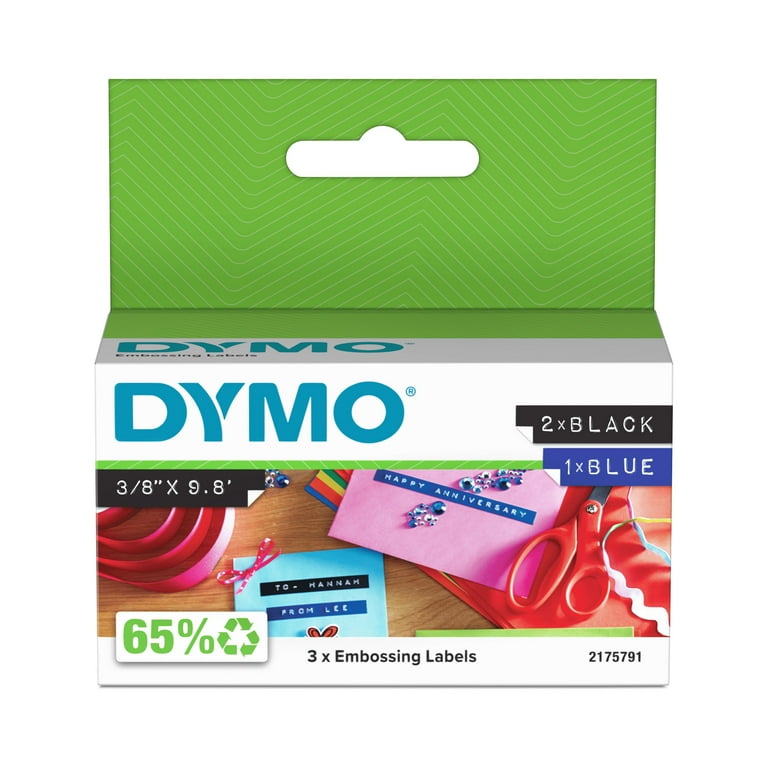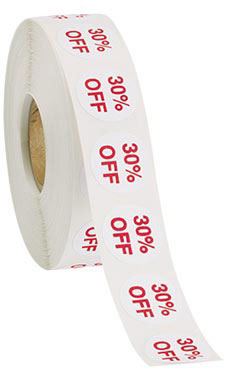Selecting the Right Self-Adhesive Labels for Your Service and Personal Requirements
Picking the appropriate self-adhesive tags for both business and individual applications calls for a nuanced understanding of numerous factors that influence their performance. Secret factors to consider include the material's durability, suitable sizing for optimum presence, and adhesive strength tailored to particular usage scenarios. Furthermore, the option of finish and printing approaches can considerably impact looks and capability. As we check out these vital elements, it ends up being clear that a critical approach is vital to ensure your tags not only satisfy assumptions but additionally boost your total branding and organization efforts. What details difficulties do you deal with in this procedure?

Comprehending Label Products
When choosing self-adhesive tags, understanding the different label products is crucial to making sure optimal efficiency and longevity. The selection of material directly influences the tag's look, functionality, and longevity. Common tag materials consist of paper, plastic, polyester, and polypropylene, each offering unique benefits and downsides.

Polyester tags offer premium toughness, being immune to tearing, moisture, and UV light. This makes them an outstanding option for commercial applications or items that require lasting labeling services (Self-Adhesive Labels). Polypropylene, while similar to polyester, is normally cheaper and offers an excellent balance of sturdiness and print quality
In addition, take into consideration adhesive kinds-- permanent, detachable, or repositionable-- depending on your particular needs. Eventually, choosing the best tag product is crucial for attaining the preferred end result, making sure that your labels do effectively in their designated settings.
Establishing the Right Size
Picking the suitable dimension for self-adhesive labels is a fundamental step that complements the option of tag products. The dimension of a tag can significantly influence its capability, visibility, and total effect. It is important to take into consideration the desired usage of the label when determining its measurements.
Firstly, evaluate the information that needs to be displayed. Tags having more text or graphics will certainly need larger dimensions to make certain readability and aesthetic appeal. Alternatively, minimal designs might benefit from smaller sized labels that maintain a streamlined aesthetic.
In addition, think about the surface on which the tag will be applied. Various surfaces, such as bottles, envelopes, or boxes, might dictate particular size demands to take full advantage of attachment and exposure.
Additionally, assume regarding the amount of tags required; larger tags may be a lot more cost-effective for mass printing.
Assessing Adhesive Toughness
How can one guarantee that self-adhesive labels continue to be firmly affixed in various conditions? Assessing glue stamina is vital for guaranteeing that labels carry out optimally, whether in a controlled environment or subject to extreme temperatures, humidity, or other aspects.
As an example, detachable adhesives are excellent for tags that might need to be repositioned or eliminated without residue, making them suitable for momentary applications. On the other hand, long-term adhesives are created to stand up to different conditions and offer a strong bond, making them suitable for lasting labeling needs.
Evaluating the sticky toughness can include peel attachment tests, which determine the pressure required to eliminate the tag from a surface. Eventually, selecting the ideal glue strength makes certain that self-adhesive labels satisfy their objective, keeping integrity and exposure throughout their desired life expectancy.
Picking the Right End Up
The finish of self-adhesive labels plays a considerable duty in their total efficiency and appearance, complementing the glue strength previously gone over (Self-Adhesive Labels). The selection of finish can affect not only the visual effect of the tag but likewise its durability and functionality. Typical surfaces include matte, gloss, and semi-gloss, each serving different functions
A matte coating offers a non-reflective surface that is excellent for creating, making it suitable for tags that need hand-written information. This coating likewise has a tendency to hide finger prints and smudges, enhancing the tag's appearance with time.
On the other hand, a gloss finish offers a glossy, dynamic look that enhances shade saturation, making it excellent for advertising labels that require to stand out. Nonetheless, this finish may be much less ideal for writing, as it can smear conveniently.
Semi-gloss surfaces strike an equilibrium between both, using a slight shine while keeping good writeability. Furthermore, consider aspects such as moisture resistance have a peek at these guys and UV security, specifically for labels revealed to severe atmospheres. By carefully selecting the ideal coating, companies and people can ensure their labels successfully share their intended message while preserving resilience.

Taking Into Consideration Printing Options
Examining printing options is important for making the most of the performance of self-adhesive labels. The technique you choose will dramatically impact the high quality and durability of the end product. Self-Adhesive Labels. Common printing methods include electronic, flexographic, and thermal transfer printing, each offering distinct benefits and considerations
Digital printing is suitable for brief runs and variable data, enabling quick turnaround times and customization. This technique makes it possible for businesses to produce labels with high-resolution graphics and complex layouts without incurring considerable configuration expenses. It may not be the most affordable choice for bigger amounts.
Flexographic printing, on the various other hand, is fit for high-volume manufacturing. It makes use of flexible relief plates to transfer ink onto various materials, making sure consistent high quality throughout huge batches. This method is frequently favored for its effectiveness and capability discover this info here to print on a wide variety of substrates, including those with special finishes.
Thermal transfer printing is another practical choice, particularly for labels that require toughness versus harsh conditions. This method supplies exceptional print quality and is commonly used for barcode and supply tags.
Inevitably, picking the right printing option rests on your specific labeling demands, spending plan, and production volume.
Verdict
In conclusion, choosing the proper self-adhesive tags demands cautious factor to consider of various elements, including label materials, dimension, glue toughness, coating, and printing alternatives. Each facet plays an essential role in ensuring that the labels meet specific company or personal requirements successfully.
When choosing self-adhesive tags, comprehending the different tag products is crucial to ensuring optimum efficiency and durability.Picking the ideal dimension for self-adhesive tags is an essential step that enhances the selection of label materials. Ultimately, picking the ideal sticky stamina ensures that self-adhesive tags accomplish their function, preserving integrity and visibility throughout their desired life-span.
The surface of self-adhesive labels plays a substantial duty in their general performance and look, matching the sticky stamina previously talked about.In conclusion, choosing the ideal find here self-adhesive tags necessitates cautious factor to consider of various aspects, consisting of tag products, size, adhesive toughness, surface, and printing options.